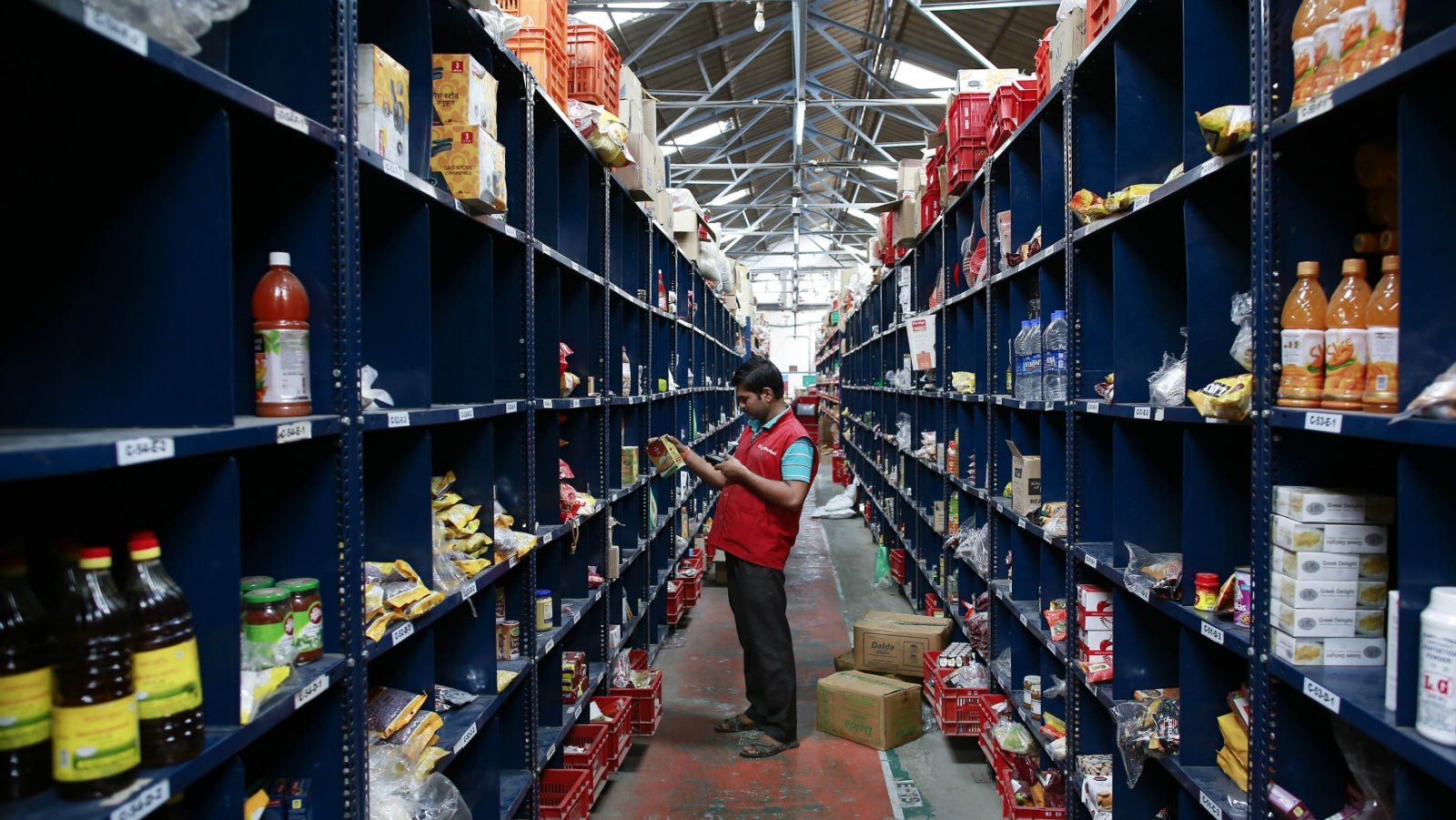Buoyed by Walmart deal, 2018 was a historic year for Indian consumer goods M&As
In May this year, the world’s largest retailer, Walmart, added the Indian e-tailer Flipkart to its cart and checked out for $16 billion.


In May this year, the world’s largest retailer, Walmart, added the Indian e-tailer Flipkart to its cart and checked out for $16 billion.
That deal—the biggest e-commerce acquisition in history—alone serves as a perfect proxy for the frenetic merger & acquisition (M&A) activity that characterised the Indian retail and consumer goods space in 2018.
During the year, foreign and domestic buyers made a beeline for pricey assets, resulting in a deal-making blitz. The value of all M&As and private equity deals in the retail and consumer sector (apparel, footwear, online-offline retail, food chains, food aggregators, personal & home care, food and beverages etc) touched a massive $27 billion. This is an almost 700% jump from last year’s $3.4 billion worth of transactions, according to data from the professional services firm EY India.
The volumes, too, were up marginally: 142 deals compared to the 129 in 2017, EY said.
The value of M&As in the year dwarfed the previous year’s as global giants sought to penetrate the Indian market.
Walmart’s Flipkart buyout itself signalled such strong investor interest in India’s small but rapidly growing e-commerce space, fuelled in recent years by the country’s large smartphone user base and young shoppers.
There were other big deals, too.
Amazon and private equity firm Samara Capital lapped up the departmental store chain More from the Aditya Birla Group for Rs4,200 crore.
Similarly, Hindustan Unilever (HUL) merged with GlaxoSmithKline (GSK) Consumer Healthcare in India in December. As part of the $4.5 billion (Rs31,700 crore) deal, HUL’s Anglo-Dutch parent, Unilever, acquired the right to market the iconic malt-based drink Horlicks in India and other Asian markets.
Ahmedabad-based Zydus Cadila bought out Kraft Heinz’s malted drink Complan in a Rs4,595 crore deal.
“Historically, it (2018) was one of the biggest years for transactions in the consumer space,” Nitin Gupta, transaction Partner, retail & consumer products, and cement & building products, EY India told Quartz. “The takeaways from these transactions are that they are more of a consolation driven by synergy around distribution—across categories.”
HUL, for instance, said it will use its wide distribution to sell brand Horlicks in rural markets.
Meanwhile, both the Walmart-Flipkart and Amazon-More deals were underpinned by India’s growing consumer appetite, translating into a $670-billion retail market. “The Flipkart investment transforms Walmart’s position in a country with over 1.3 billion people, a strong GDP growth, a growing middle class and significant runway for smartphone, internet and e-commerce penetration,” Walmart had said while announcing the deal.
The mega deals also indicate a steady convergence of online and offline retail channels.
“It is a physical retailer buying a digital retailer. So you can imagine the power of physical retail. Going forward, there will be one retail channel—omni-channel—and these two ecosystems will work together,” Kishore Biyani, founder of Future Group, which runs the supermarket chain Big Bazaar, had told Quartz earlier this year.
Large deals aside, the year also saw the Swedish furniture major IKEA open its maiden store in India, six years after it announced investment plans here. Since its launch—to long queues of eager shoppers in the southern city of Hyderabad on Aug. 09—IKEA has announced plans to open more stores and launch e-commerce operations in the country.
While the marquee deals and large-ticket transactions are now behind us, interest in India’s growing consumer sector is unlikely to wane.
“I think there will be an appetite for transactions, given that the consumer sector has been a favourite one for transactions. It will continue to be so, given the demographics of the country,” said EY’s Gupta.